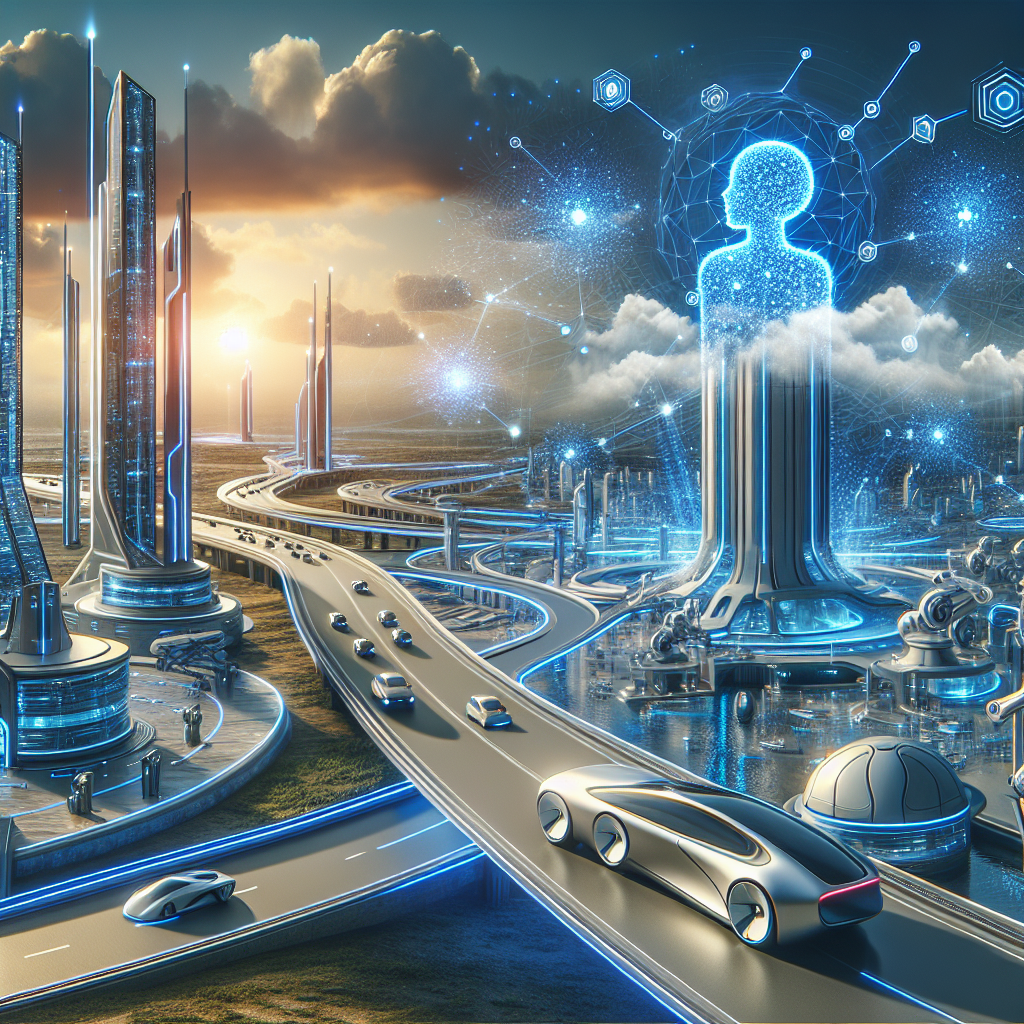Breaking Down the Potential of AGI: A Look into the Future
Artificial General Intelligence (AGI) has long been a topic of fascination and speculation in the field of artificial intelligence. While current AI systems are designed to perform specific tasks and functions, AGI aims to replicate the general cognitive abilities of humans. This has the potential to revolutionize industries, improve efficiency, and change the way we interact with technology. In this article, we will explore the potential of AGI, its applications, and what the future may hold for this groundbreaking technology.
What is AGI?
AGI refers to a hypothetical form of artificial intelligence that possesses the ability to understand, learn, and apply knowledge in a way that is similar to human intelligence. Unlike current AI systems, which are limited to specific tasks and functions, AGI would have the capacity to perform a wide range of cognitive tasks, such as problem-solving, reasoning, and decision-making.
The development of AGI is considered to be the holy grail of artificial intelligence, as it has the potential to outperform humans in virtually every cognitive task. This has led to both excitement and concern among researchers, policymakers, and the general public, as the implications of AGI are vast and far-reaching.
Potential Applications of AGI
The potential applications of AGI are virtually limitless, as it has the ability to revolutionize industries across the board. Some potential applications of AGI include:
1. Healthcare: AGI could be used to analyze medical data, diagnose diseases, and develop personalized treatment plans for patients. This could lead to more accurate diagnosis and treatment, as well as more efficient healthcare delivery.
2. Finance: AGI could be used to analyze financial data, predict market trends, and make investment decisions. This could lead to more profitable investment strategies and more efficient financial markets.
3. Transportation: AGI could be used to develop autonomous vehicles, optimize traffic flow, and improve transportation safety. This could lead to a reduction in accidents, congestion, and emissions.
4. Manufacturing: AGI could be used to optimize production processes, improve quality control, and reduce waste. This could lead to more efficient manufacturing operations and higher quality products.
5. Customer Service: AGI could be used to develop virtual assistants, chatbots, and other customer service applications. This could lead to more responsive and personalized customer service experiences.
The Future of AGI
The future of AGI is still uncertain, as there are many technical, ethical, and societal challenges that need to be addressed. However, researchers are making significant progress in the field, and the potential of AGI is becoming increasingly clear.
Some experts believe that AGI could be achieved within the next few decades, while others believe that it may take much longer. Regardless of the timeline, the development of AGI has the potential to reshape society in profound ways.
One of the key challenges in developing AGI is ensuring that it is safe and ethical. There are concerns that AGI could be misused or lead to unintended consequences, such as job displacement, privacy violations, and inequality. Researchers are working to address these concerns through the development of ethical guidelines, regulations, and safeguards.
Another challenge is ensuring that AGI is aligned with human values and goals. This involves designing systems that are transparent, accountable, and aligned with human values. Researchers are exploring ways to ensure that AGI respects human rights, promotes human well-being, and enhances human capabilities.
Overall, the future of AGI holds great promise, but also poses significant challenges. By addressing these challenges and working collaboratively, we can harness the potential of AGI to create a better future for all.
FAQs
Q: What is the difference between AGI and narrow AI?
A: AGI refers to a form of artificial intelligence that possesses general cognitive abilities, while narrow AI refers to systems that are designed to perform specific tasks or functions.
Q: How close are we to achieving AGI?
A: While there is no definitive timeline for achieving AGI, researchers are making significant progress in the field. Some experts believe that AGI could be achieved within the next few decades.
Q: What are the ethical implications of AGI?
A: There are concerns that AGI could be misused or lead to unintended consequences, such as job displacement, privacy violations, and inequality. Researchers are working to address these concerns through the development of ethical guidelines, regulations, and safeguards.
Q: How can we ensure that AGI is aligned with human values and goals?
A: Researchers are exploring ways to ensure that AGI is aligned with human values and goals by designing systems that are transparent, accountable, and aligned with human values. This involves addressing ethical, legal, and societal considerations.
In conclusion, the potential of AGI is vast and far-reaching, with the ability to revolutionize industries, improve efficiency, and change the way we interact with technology. By addressing the technical, ethical, and societal challenges of AGI, we can harness its potential to create a better future for all.

